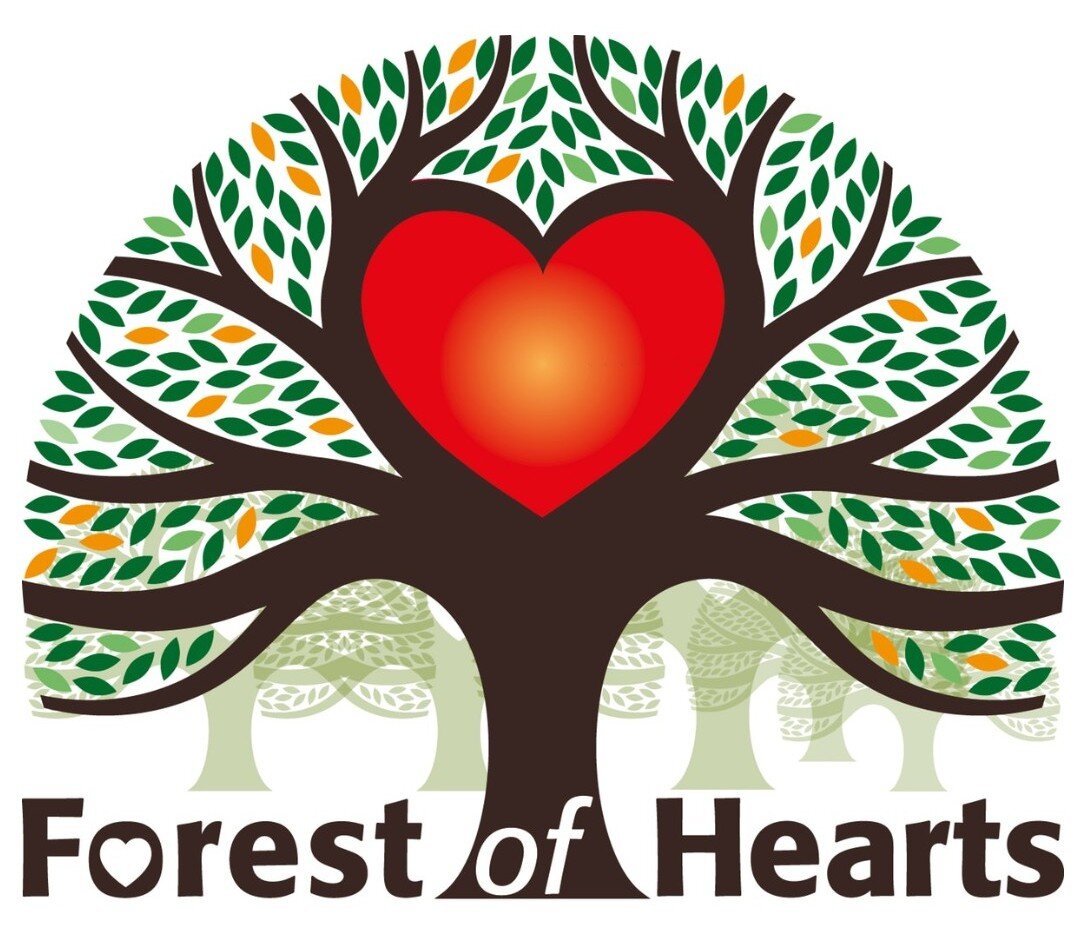Guest Blog: Gender Equality in Gardening
By Ann Johnson.
There is much being discussed about the journey towards gender equality at the moment; a recent BBC interview with Billie Jean King recalled the immense campaigning she has undertaken in order to remove the barriers, inequalities and perceptions of women in sport.
This has led me to reflect on the role of gender both currently and within the history of gardening; perhaps in history the most famous landscape gardener being a man Capability Brown born in 1716 whose real name was Lancelot Brown, an English gardener and landscape architect.
However, an article in the National Trust ‘Great Women Gardeners’ places the spotlight on many women landscapers including Gertrude Jekyll and Laura Mclarent the latter being the designer of Bodnant Gardens and in later life in recognition of her horticultural achievements she was awarded the prestigious RHS Victoria Medal of Honour. Perhaps the slow take up in women taking up gardening as a profession might be explained in the article as the National Trust in looking back in history state; Women have long been owners and creators of some of our most famous gardens but until the early 20th century it was virtually impossible for any woman, regardless of her social background to enter the world of professional horticulture and garden design.
Perhaps most notably in recent history is the need of women to work the land as part of the Women’s Land Army during the Second World War. The Women’s Land army made a significant contribution to boosting Britain’s food production during the second world war. Before the Second World War, Britain had imported much of its food. When war broke out, it was necessary to grown more food at home and increase the amount of land in cultivation. With many male agricultural workers joining the armed forces, women were needed to provide a new rural workforce. At its peak in 1944 there were more than 80,000 women in the Women’s Land Army.
Today it is more common to see both genders in the gardening profession, although a piece in Gardens Illustrated when discussing the role of women in garden design, highlighted an often too familiar problem, that it is always a small number of men who dominate at the top of the gardening profession, and that women in the profession tend to still be in the minority and often stereotyped in what they do.
So it is possible that we see men in different roles to women the situation might be changing as whilst we have seem men dominating landscaping and farming; according to a recent BBC more women are joining the UK farming industry. Female students now outnumber men almost 2:1 on agriculture and related higher education courses, making up 64% of the 2017-18 cohort, according to the Higher Education Statistics Agency. Meanwhile, some 44% of agriculture, horticulture and animal care apprentices were women in 2017-18 - up from 39% in 2014-15, according to data from the Department for Environment, Food and Rural Affairs.
But how about the Gender pay gap in gardening? The RHS in its gender pay gap report states that they employ more women than men at all levels of the organisation, with an overall split of 63.4% women, 36.6% men. This includes senior levels, where 58% are women. However, in roles such as retail, food and beverage, which are traditionally lower paid, 65% are women, leading to an overall gender pay gap. They go on then to have a clear plan to address the discrepancy.
In our household both myself and my partner both work in what often feels like to big a garden but it is fair to say we take on different roles within it, some because of the nature of the work and other because we simply have a passion for a particular task.
What are your thoughts or experiences on gender equality in the garden, farming or horticulture?
